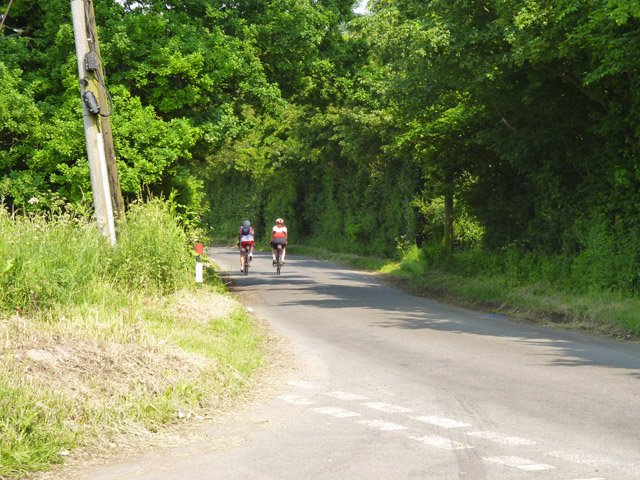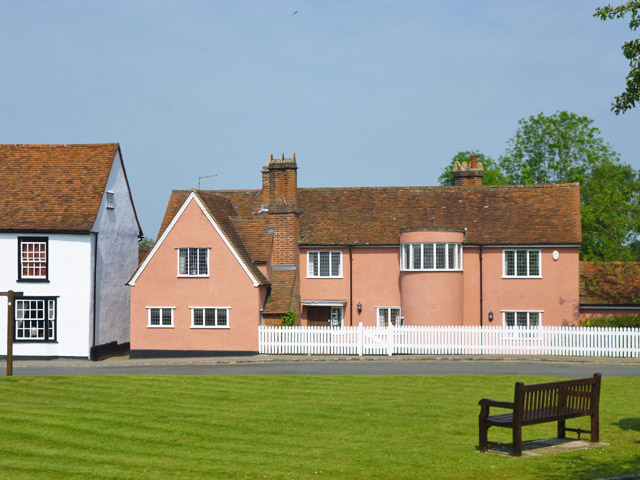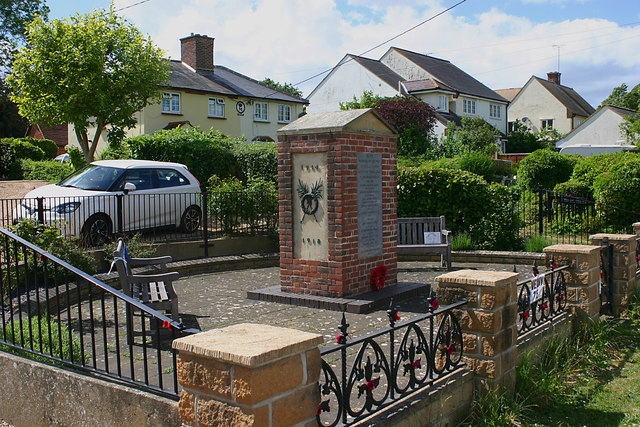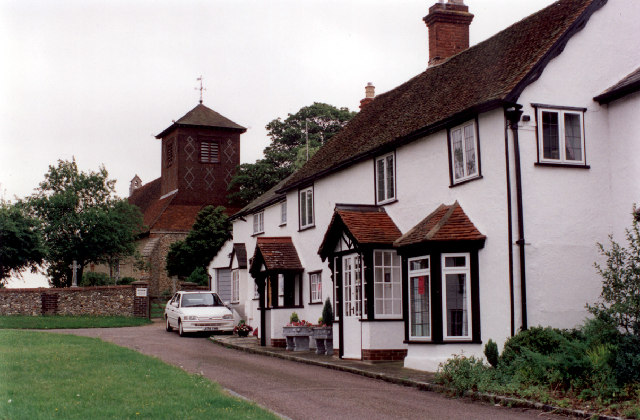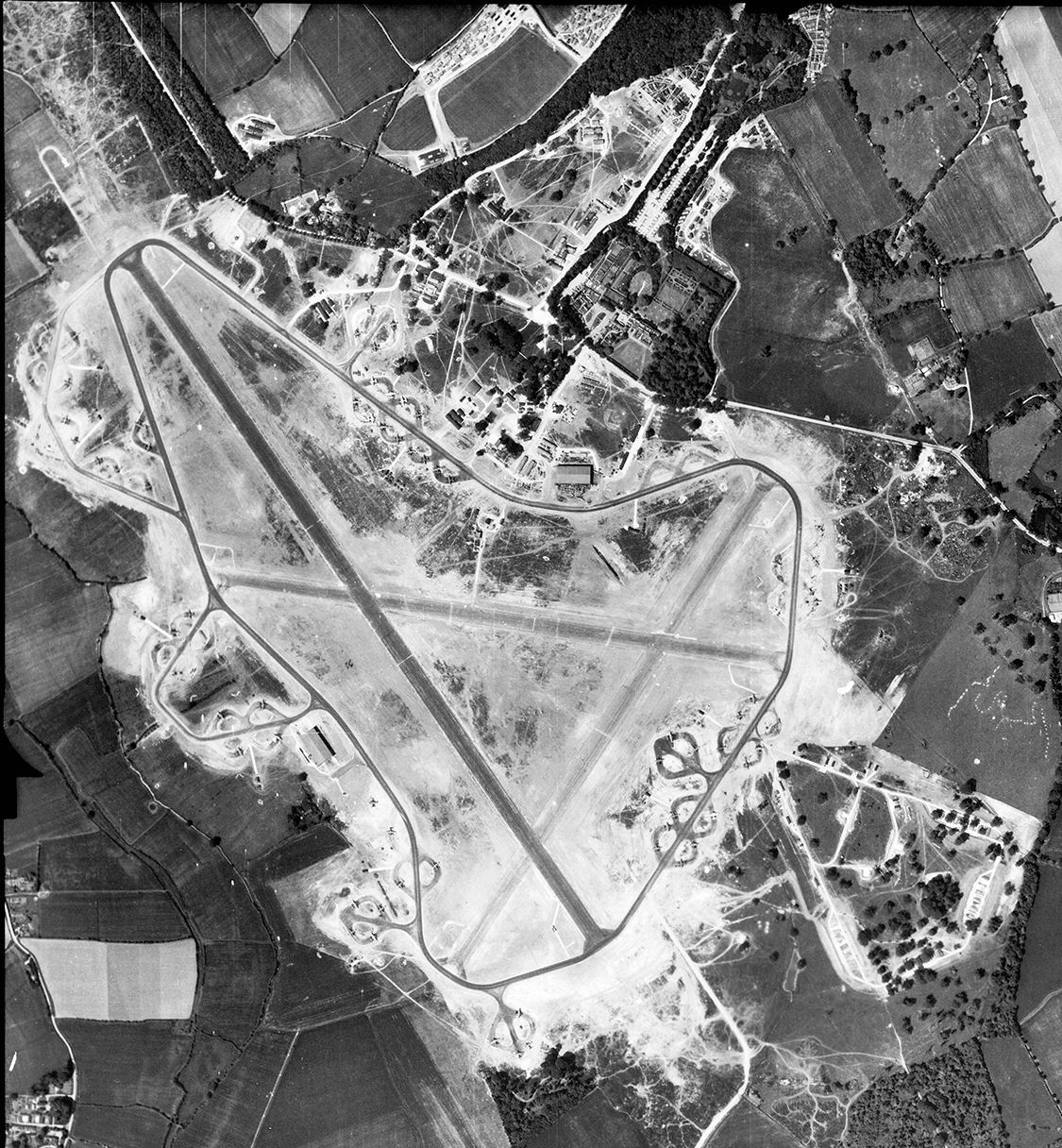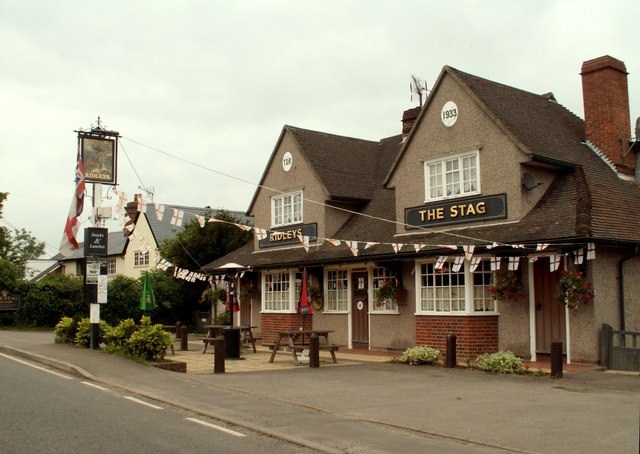Broxted Common Wood
Wood, Forest in Essex Uttlesford
England
Broxted Common Wood
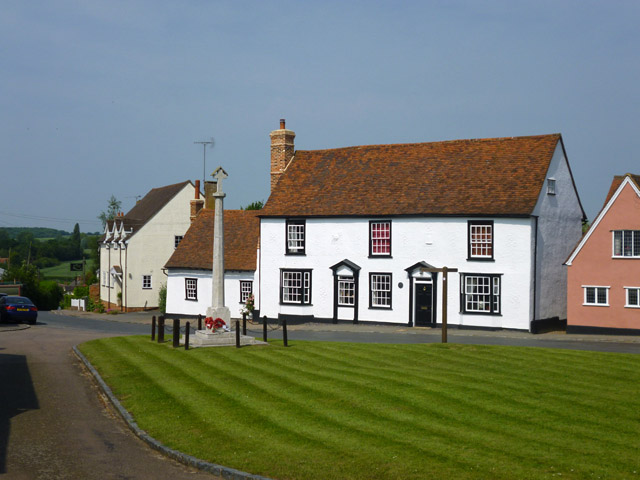
Broxted Common Wood is a picturesque woodland located in Essex, England. Covering an area of approximately 20 hectares, it is a popular destination for nature enthusiasts and outdoor enthusiasts alike. The wood is part of a larger area known as Broxted Common, which includes heathland and grassland habitats.
The wood is primarily composed of native broadleaf trees such as oak, ash, and birch, which create a dense canopy that provides shade and shelter to a variety of wildlife. The forest floor is covered in a rich carpet of bluebells and other wildflowers during the spring, creating a stunning display of colors.
The wood is home to a diverse range of flora and fauna. Birdwatchers can spot a variety of species, including woodpeckers, nuthatches, and tawny owls. Mammals such as foxes, badgers, and squirrels can also be found in the area. Additionally, various species of insects and butterflies inhabit the wood, adding to its ecological richness.
Broxted Common Wood offers several walking trails that allow visitors to explore the woodland at their own pace. These well-maintained paths wind through the trees, offering glimpses of wildlife and providing a peaceful and tranquil environment for visitors to enjoy.
The wood is managed by a local conservation organization, which ensures the preservation of its natural beauty and biodiversity. Educational programs and guided walks are also organized to raise awareness about the importance of woodland conservation and the unique ecosystem of Broxted Common Wood.
Overall, Broxted Common Wood is a haven for nature lovers, offering a serene escape from the hustle and bustle of everyday life.
If you have any feedback on the listing, please let us know in the comments section below.
Broxted Common Wood Images
Images are sourced within 2km of 51.896647/0.31446323 or Grid Reference TL5924. Thanks to Geograph Open Source API. All images are credited.
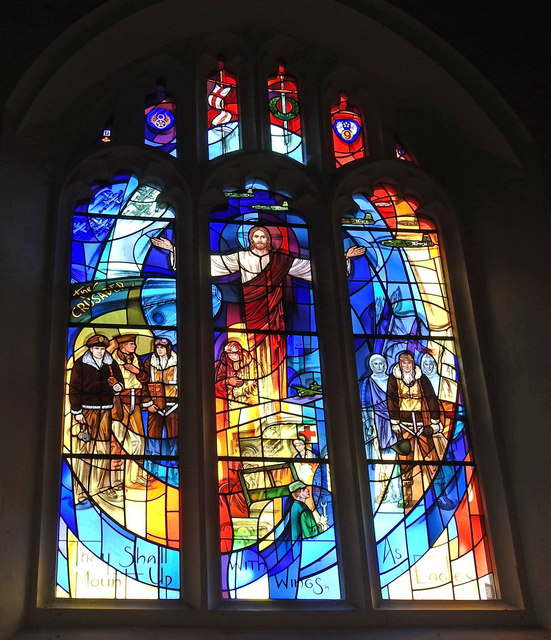

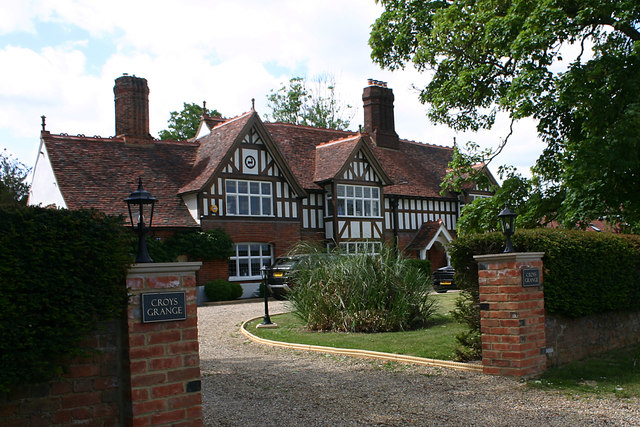


Broxted Common Wood is located at Grid Ref: TL5924 (Lat: 51.896647, Lng: 0.31446323)
Administrative County: Essex
District: Uttlesford
Police Authority: Essex
What 3 Words
///positives.smoking.when. Near Great Dunmow, Essex
Nearby Locations
Related Wikis
Easton Lodge
Easton Lodge was a Victorian Gothic style stately home in Little Easton and north-west of Great Dunmow, Essex, England. Once famous for its weekend society...
Great Easton, Essex
Great Easton is a village and civil parish in the Uttlesford district in Essex, England.Great Easton village is about 2 miles (3.2 km) north of Great Dunmow...
RAF Great Dunmow
Royal Air Force Great Dunmow or more simply RAF Great Dunmow is a former Royal Air Force station in the parish of Little Easton, Essex, England. The airfield...
Little Easton
Little Easton is a village and civil parish in Essex, England. The village is situated approximately 7 miles (11 km) east from the town of Bishop's Stortford...
Tilty
Tilty or Tylsey is a village and a civil parish in the Uttlesford district, in the county of Essex, England. In 2001 the population of the civil parish...
Tilty Abbey
Tilty Abbey was a Cistercian abbey in Tilty, Essex, England. It was dissolved 3 March 1536. The chapel, with a nave built circa 1220, became a parish church...
High Wood, Dunmow
High Wood, Dunmow is a 41.5-hectare (103-acre) biological Site of Special Scientific Interest in Great Dunmow in Essex. The local planning authority is...
Molehill Green
Molehill Green is a hamlet in Takeley parish in Essex, England, close to the perimeter of London Stansted Airport, The hamlet consists of approximately...
Nearby Amenities
Located within 500m of 51.896647,0.31446323Have you been to Broxted Common Wood?
Leave your review of Broxted Common Wood below (or comments, questions and feedback).
